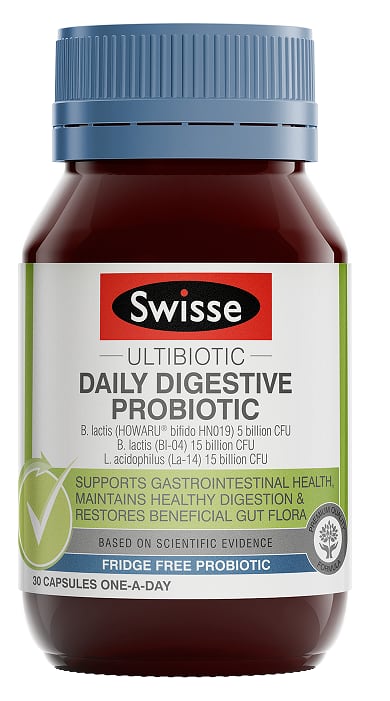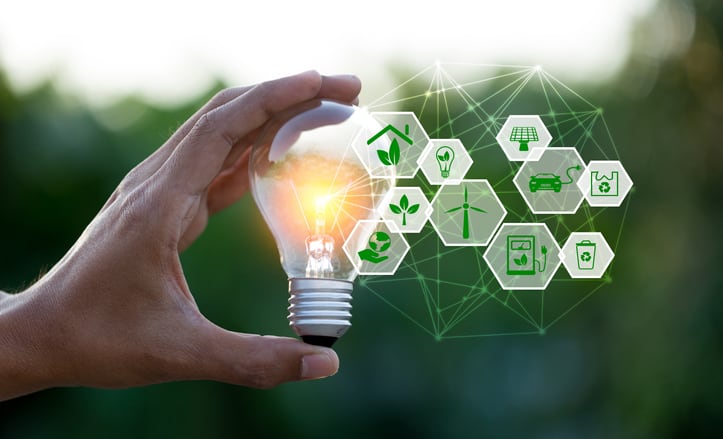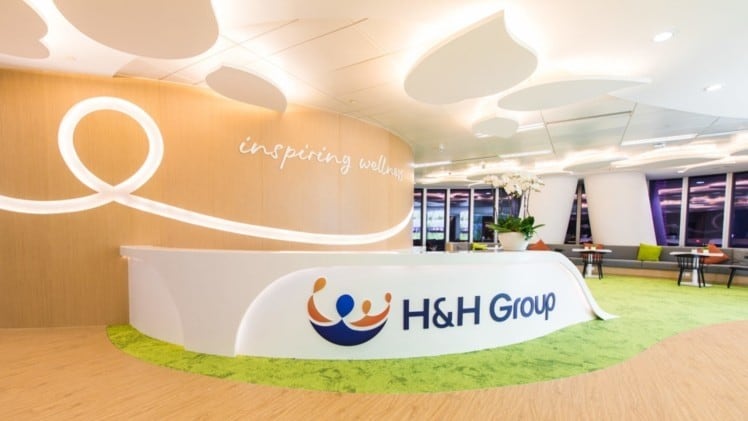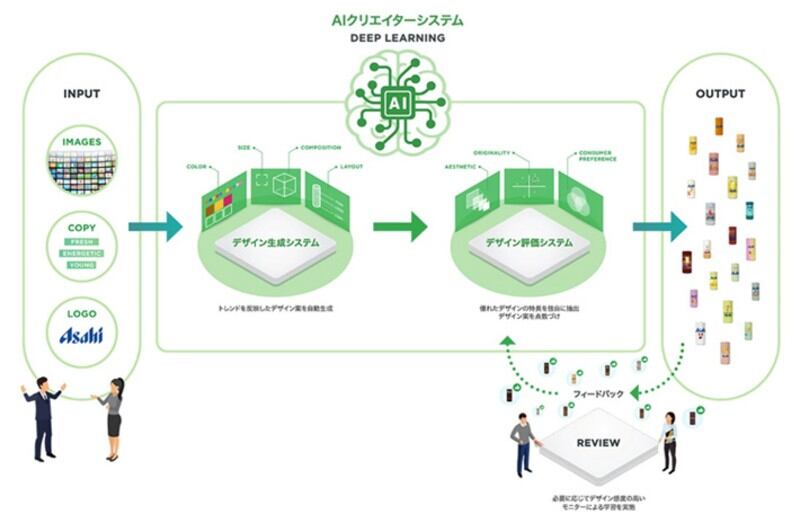Some upcoming initiatives include using biomarine waste from oyster shells, also known as oysterlean, as the material for making glass bottle caps.
This material can reduce carbon footprint by 80 per cent more than virgin polyethylene and is also 100 per cent recyclable.
It is already used in Swisse’s probiotic products and the company is planning to use the material for making bottle caps in its other products.

“We started [using oyster shell processed material as bottle caps] last year with one product range, which is our Swisse probiotics, and then we have started to move into different sized containers.
“We are looking to gradually increase that across our range as we do new batches of different products. We are really looking forward to having these caps rolled out across as many of our products as possible,” Sarah Chibnall, Group Director, Communications and Sustainability told NutraIngredients-Asia.
Last year, the Swisse brand also launched in the UK with product jars made from 92 per cent sugarcane, which is said to be less carbon intensive to create and recyclable.
The Good Goût brand also launched the first bio-based pouches made from 82 per cent sugarcane into the French market.
The company says these efforts are also crucial in meeting changing consumer demands.
“I think that sustainability has a growing importance to consumers as individuals and households look at their own footprint and how they can make better choices on what they buy and how they behave…We know that consumers want this and we need to offer them as well,” added Chibnall.
Last year, 86 per cent (equivalent to 22,864 tonnes) of the packaging used in the company’s products were recyclable. In addition, 52 per cent of the packaging components used were from renewable resources.
“Our approach is to control what we can control. So it is not only helping to provide instructions to the consumers on how to dispose of their product but the one we think we can make the biggest difference, is about what we put into that packaging in the first place, whether that is compostable or biodegradable.
“By 2023, we want our products to be recyclable, biodegradable, and compostable and we are moving towards that,” Chibnall said.
Another upcoming project, taking place in China this year through its infant formula brand, aims to educate consumers on the importance of sustainability through gaming applications and fundraising for environmental causes.
She added that the company would be introducing sustainable packaging efforts across its whole range of brands and products.
“We are trying to take a holistic approach, as opposed to looking at just a couple of ranges and making them fully renewable or fully sustainable. Our preference is to try and improve across the board.”
Using recycled materials
Aside from using biodegradable and recyclable packaging materials, the company is also trying to reduce the use of virgin materials by using renewable, recycled materials.
This is seen in the case of its cannabidiol (CBD) nutraceutical brand, CBII, where recycled glass bottles are used.
“In the UK, the glass bottles for the CBII brand are all recycled glass and they can all be recycled again.
“Through this, we are making sure that for we are using not virgin glass for as many times as possible.”
Another example is how the company has replaced carton cardboards with recycled fibre.
“We switched from virgin paper and cardboards to 100% post-consumer recycled fibre for many of our products.
“This is used when the product requires a carton for transportation to protect the product.”
Reducing packaging waste
Another approach to sustainable packaging, is to reduce the use of packaging materials and waste produced.
This is achieved by reducing the use of packaging, plastic, and cardboard.
“We are also using less cardboard packaging. In 2020, we rescued more than 300 tonnes of recycled materials in our packaging that could have ended up in the landfill.”
Think of alternative designs
When there is no recyclable alternative, the company will reconsider the packaging design.
For example, the company has changed the design of some its skincare bottles with pumps into tubes, as the pumps are made from non-renewable materials, while the tubes can be made using sugarcane resin.
“It is still a virgin sugarcane and farmers still have to grow it. It is not a recycled material, however, it is renewable.
“We are looking at multiple choices and each time, we want to improve the sustainable profile of a piece of packaging.”
Cost benefit
The increasing demand for sustainable packaging has made it less expensive to use such materials as compared to the past.
“[Sustainable packaging materials] are becoming more readily available and so there's a lot of technologies now that are becoming cheaper to use and more readily available.”
She said that the best way to control the cost was to use sustainable packaging materials in the first place, instead of switching to these materials halfway.
“The best way we can make changes right now without adding extra costs, is where we are creating new products.
“The new type of packaging and the new ingredient in those packaging are incorporated from the start, so there are some things that don't have an extra cost for us.”
Challenges
In fact, cost is not the greatest concerns when it comes to using sustainable packaging materials.
According to Chibnall, there are concerns around using the scale of production, and technology upgrades.
“A lot of suppliers, people working on this technology are working in a very niche space, and this new packaging innovation are still in a start-up phase, so they might not be able to produce at the scale that we need.
“So we are working with some suppliers at the moment on some exciting technology and really looking forward to being able to scale up to the scope that we need.”
Achieving sustainability in packaging also requires efforts from different parties, including the authorities.
This is because while the packaging material is recyclable, some recycling facilities may not have the capability to recycle the materials, she said.





